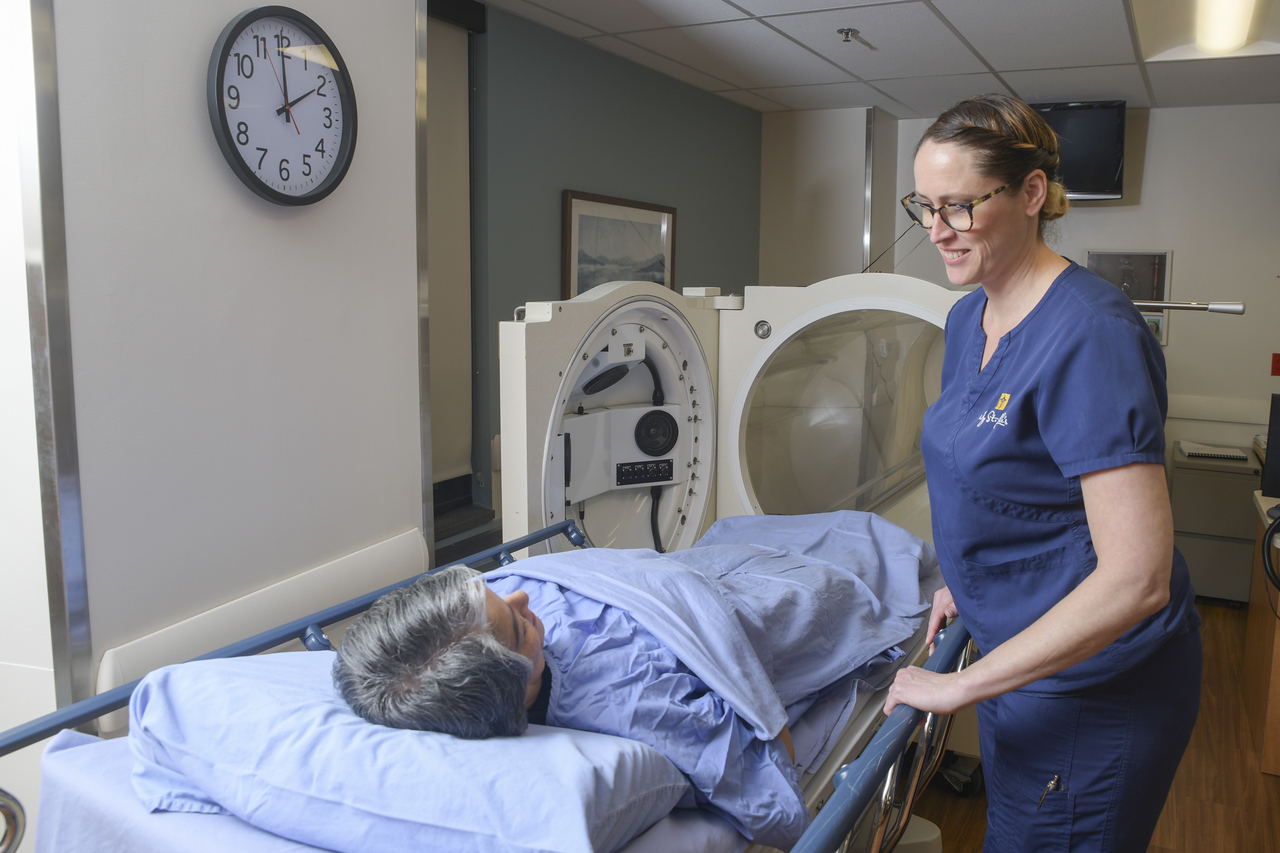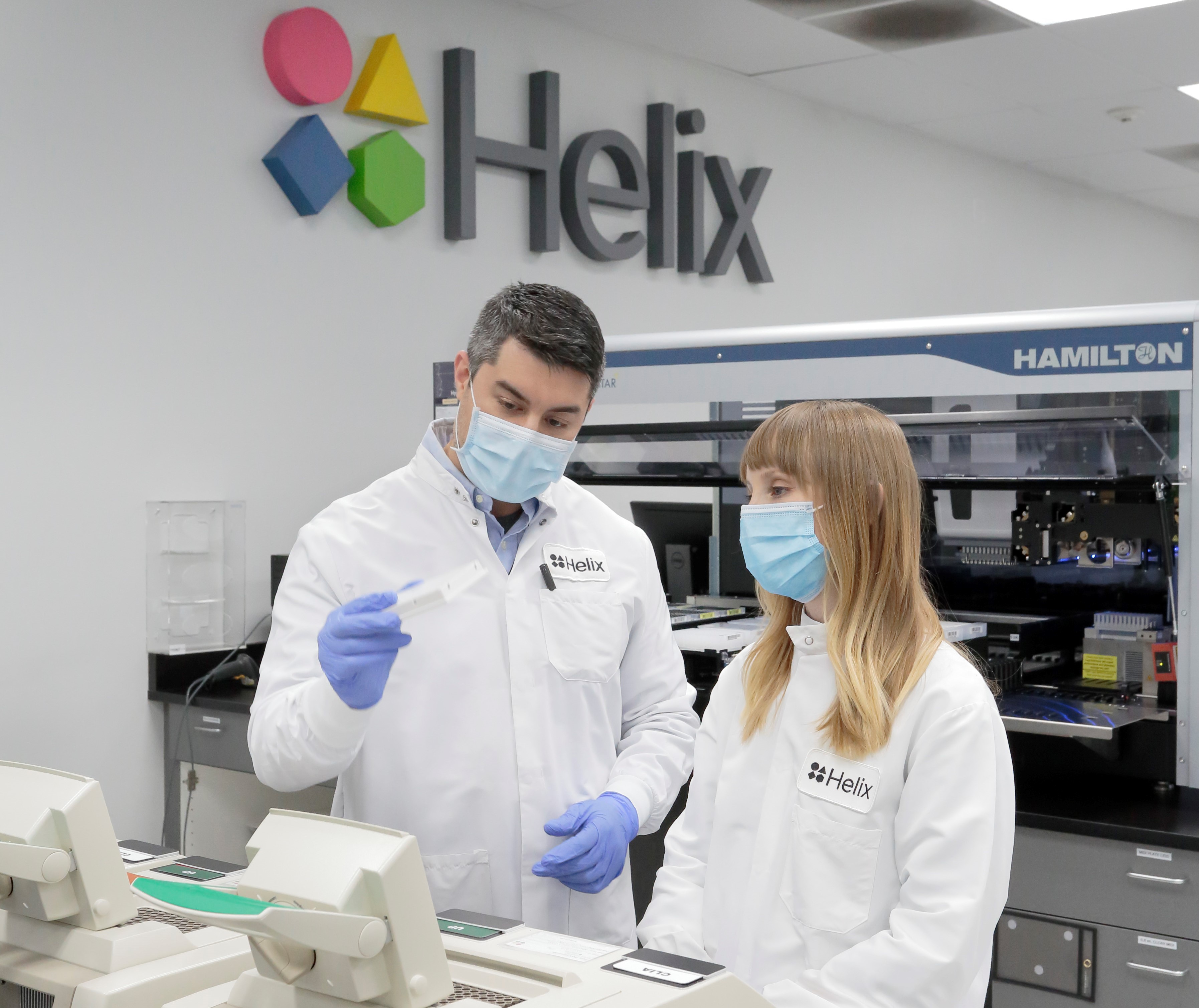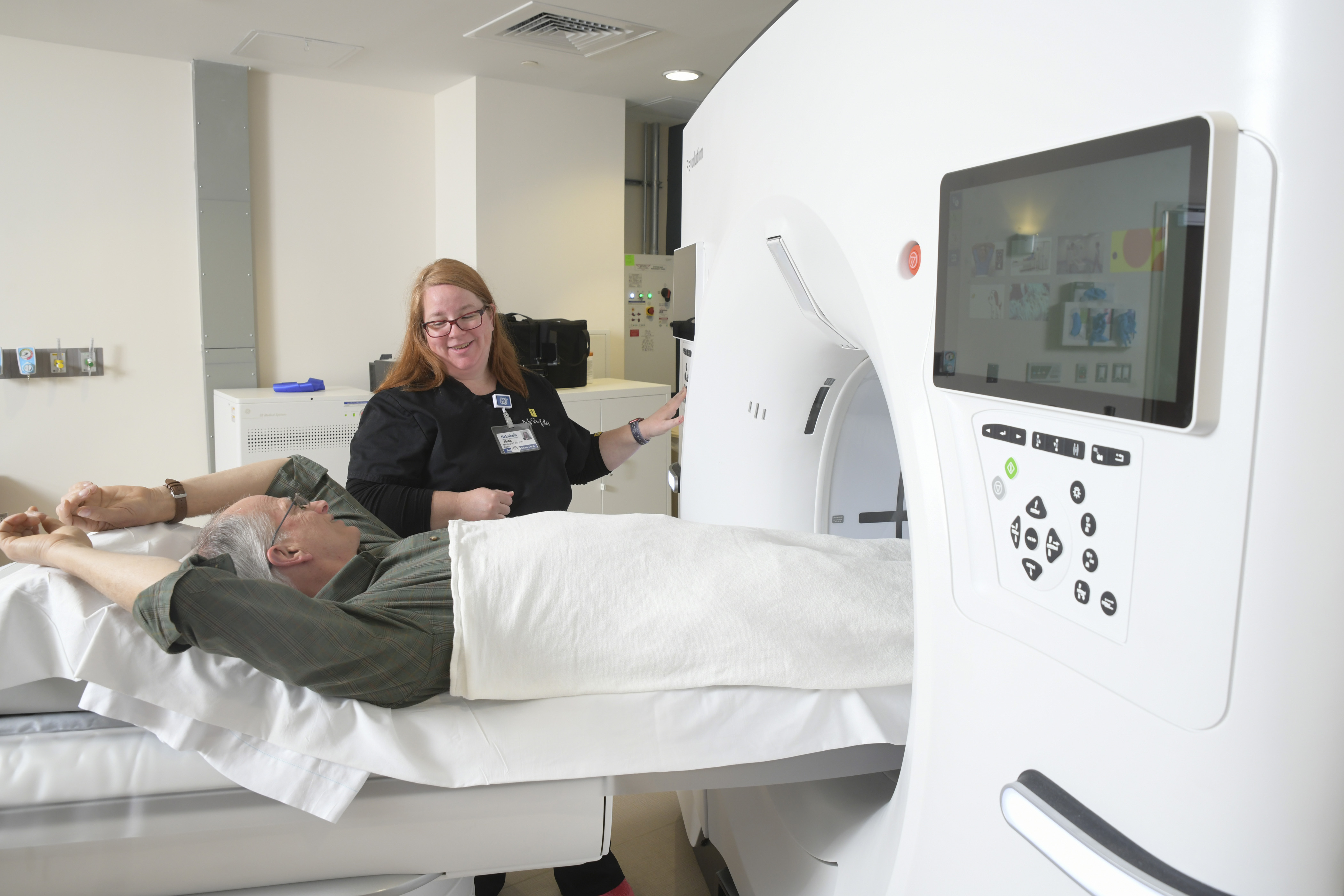Blog
By St. Luke’s medical oncologist Hikaru Nakajima, MD
Cancer is a group of diseases in which abnormal cells divide without control and invade other tissues. A type of blood cancer, leukemia begins in the center of the bones in the soft, spongy tissue called bone marrow. This is where blood cells are produced. Leukemia cells are abnormal white blood cells that grow quickly, crowding out normal white cells, red blood cells and platelets. The abundant abnormal white cells cannot help the body fight infection. As a result, people with leukemia are prone to getting infections and often have fevers.
The resulting deficiency of red blood cells causes anemia, a condition that causes paleness, weakness and fatigue. Individuals who do not have enough platelets bruise and bleed easily. Pain and swelling occurs when leukemia cells travel to the lymph nodes or other parts of the body.
Common symptoms of leukemia are:
- Persistent fatigue and weakness
- Frequent or severe infections
- Fever or chills
- A lump or swelling gland in your neck, under your arm, or in your groin
- Enlarged liver or spleen
- Frequent nosebleeds, bleeding from the gums or rectum, more frequent bruising, or very heavy menstrual bleeding
- Excessive sweating, especially at night
- Bone pain or tenderness
- Loss of appetite or recent weight loss without trying
- Tiny red spots in your skin (petechiae)
If you suspect you have leukemia, see your primary care physician for a routine checkup and a blood test. If your test results are abnormal, your physician may order a bone marrow biopsy. The results will not only determine the presence of leukemia, but also identify the type. The different types of leukemia are classified by the rate of cell growth and the type of white blood cells affected. Leukemia may be:
- Acute, which advances swiftly and causes patients to become ill quickly, or chronic, which develops slowly. It can take years for symptoms to appear.
- Lymphocytic (or lymphoblastic), which affects white blood cells called lymphocytes, or myelogenous, which affects other types of cells, such as red blood cells or platelets.
The four main types of leukemia are acute lymphoblastic leukemia (ALL), acute myelogenous leukemia (AML), chronic lymphocytic leukemia (CLL), and chronic myelogenous leukemia (CML).
The exact cause of leukemia is still unknown, although some conditions can increase one’s risk of developing the cancer. These include:
- Exposure to radiation — People exposed to very high levels of radiation, such as occurred in atomic bomb blasts and nuclear power plant accidents. Medical treatment that uses high levels of radiation can be another source of radiation exposure. Due to advances in treatment, radiation therapy today is very precise resulting in much lower levels of radiation precisely targeted at cancer cells.
- Chemotherapy – A very small percentage of cancer patients treated with certain cancer-fighting drugs develop leukemia.
- Exposure to high levels of chemicals, such as benzene, which is used widely in the chemical industry. Also, workers exposed to formaldehyde also may be at greater risk.
- Down syndrome and certain other genetic diseases
Fortunately, most people with these risk factors do not develop leukemia.






